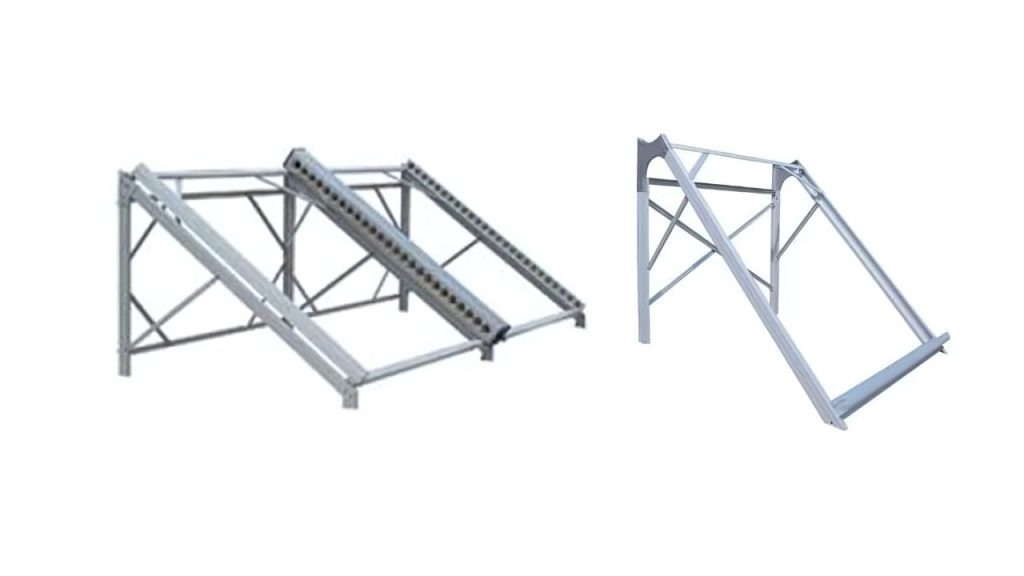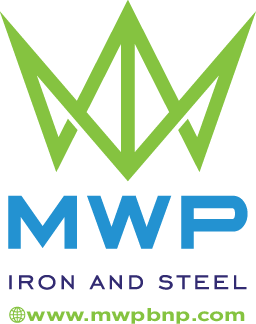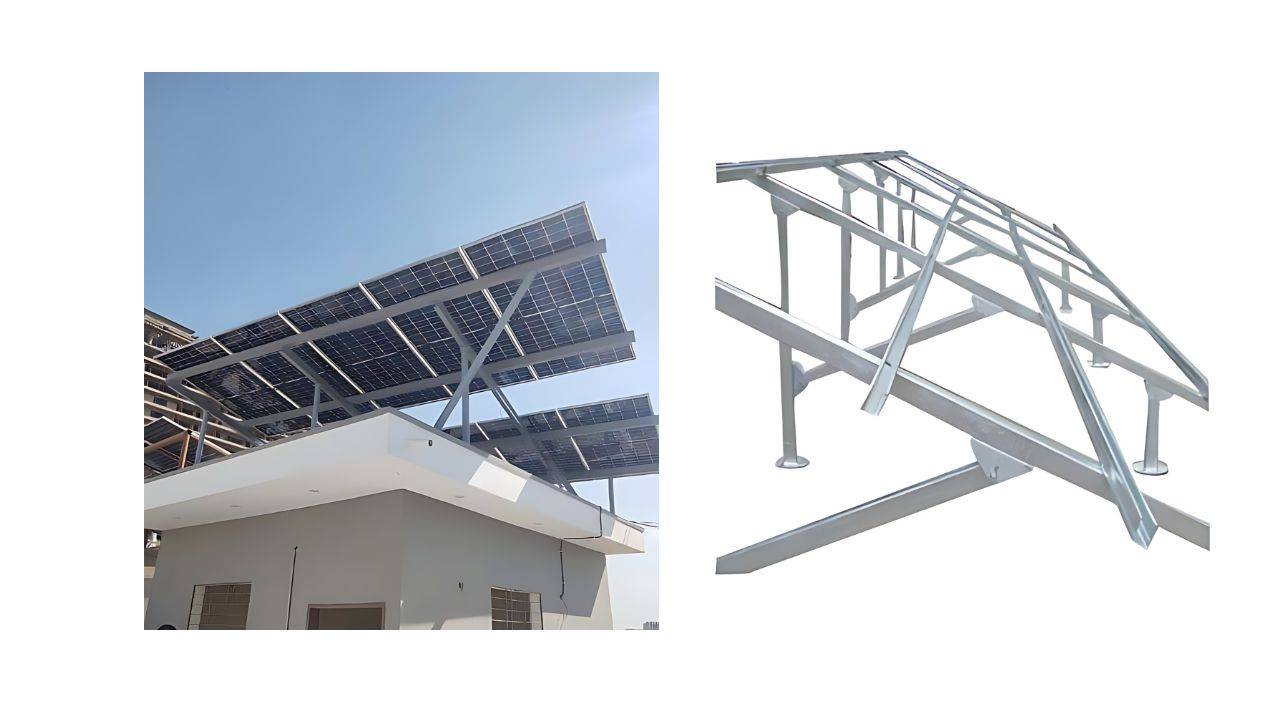Solar panels are a fantastic way to harness clean energy from the sun and power your home. But before you can reap the benefits of solar power, you need a sturdy and reliable structure to hold your panels in place. This guide delves into the world of solar panel structure design, equipping you with the knowledge to choose the perfect structure for your needs.

Why is Solar Panel Structure Design Important?
A well-designed solar panel structure is crucial for several reasons:
- Safety: A secure structure ensures your panels remain firmly attached, even during harsh weather conditions like high winds and snowstorms.
- Efficiency: Properly angled panels maximize sunlight exposure, leading to optimal energy production.
- Durability: A robust structure can withstand years of wear and tear, protecting your investment in solar panels.
- Aesthetics: Solar structures can be designed to complement your home’s architecture, creating a visually appealing addition.
Helpful Links:
Types of Solar Panel Structures
The type of solar panel structure you choose depends on several factors, including:
- Roof type: Different roof styles (flat, pitched, metal, etc.) require compatible structures.
- Location: Local building codes and wind/snow load requirements influence design choices.
- Number of panels: The size and weight of your solar array dictate the structure’s capacity.
- Budget: Solar structures range in price depending on material, complexity, and installation.
Here’s a breakdown of the most common types of solar panel structures:
Roof-Mounted Structures
- Tile Roof Hooks: These low-profile hooks attach directly to the existing roof battens under the tiles, ideal for tile and slate roofs.
- Composition Roof Mounts: Secured with flashing kits, these mounts work well on composition shingle roofs.
- Standing Seam Mounts: Clamps attach directly to the standing seams of metal roofs, offering a sleek and secure option.
- Flat Roof Ballasted Systems: Weighted concrete blocks hold down the structure on flat roofs, ideal for areas with high wind loads.
Ground-Mounted Structures
- Ground Screw Systems: Metal screws are driven into the ground for a foundation-free option, suitable for good quality soil.
- Pole-Mounted Systems: Steel poles are anchored in concrete footings, ideal for uneven terrain or large-scale installations.
Carport Solar Structures
- These structures combine a solar array with a car parking space, maximizing land use and providing shade for vehicles.
Useful Links:
Solar Panel Structure | Sun Power Made Easy | MWPBNP
Comparison of Solar Panel Structures
| Feature | Roof-Mounted | Ground-Mounted | Carport |
|---|---|---|---|
| Installation Complexity | Lower (except for complex roof types) | Higher | Moderate |
| Cost | Generally lower | Higher | Moderate |
| Suitability for Roof Type | Pitched or flat roofs | Open land | Open land |
| Maintenance Needs | Lower (easier access) | Higher | Moderate |
| Space Requirements | Utilizes existing roof space | Requires dedicated land | Requires dedicated land |
Additional Considerations
- Tilt Angle: The tilt angle of your solar panels significantly impacts energy production. The ideal angle depends on your location and desired energy output. Tilted structures generally require additional support compared to flat-mounted systems.
- Material: Galvanized steel is a popular choice for its strength, durability, and weather resistance. Aluminum offers a lighter weight option but may be less cost-effective.
Choosing the Right Solar Panel Structure
- Consult a Solar Installer: A qualified solar installer can assess your property, recommend the most suitable structure based on your needs, and ensure compliance with local building codes.
- Consider Your Budget: Balance the upfront cost of the structure with its long-term durability and performance benefits.
- Think About Aesthetics: Choose a structure that complements the style of your home.
Installing Your Solar Panel Structure
- Safety First: Solar panel installation can involve working at heights. Safety first! Make sure to follow all safety rules when installing your solar panels. To ensure a secure and hassle-free experience, consider hiring a professional installer.
- Permits and Inspections: Obtain necessary permits from your local building department before installation. Inspections may be required upon completion.
Conclusion
A well-designed solar panel structure is the foundation for a successful solar power system. By understanding the types of structures available, considering your specific requirements, and consulting with a qualified professional, you can choose the perfect structure to harness the power of the sun and generate clean energy for your home.

